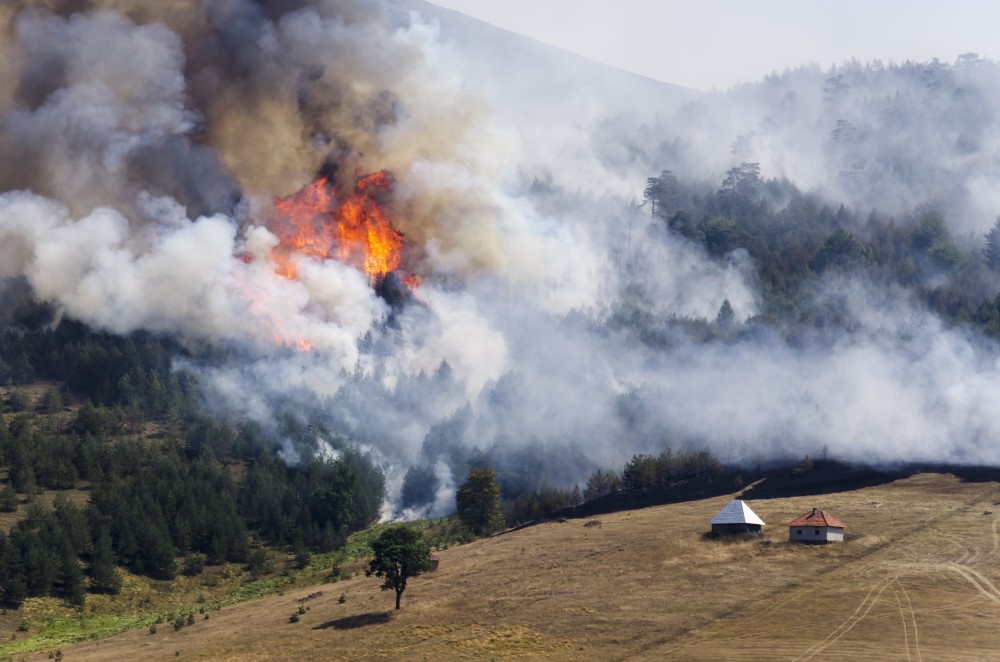Amid the country’s current natural disasters, analytic provider CoreLogic has released a new version of its Risk Quantification and Engineering solutions to include U.S. Wildfire and U.S. Severe Convective Storm models to help mortgage and insurance companies with more detailed risk assessment reports.
In addition to the newer models, the release also included updates to its U.S. Inland Flood model to better reflect region-specific property characteristics and improve the treatment of flash flooding.
“Historically, property insurers have been unable to accurately analyze the true impact of wildfire, flood, and severe convective storm damages because they lacked consistent and complete data,” says Staci Wellentin, executive product management for insurance and spatial solutions at CoreLogic. “These new probabilistic wildfire and severe convective storm models, as well as the updates to the inland flood model, also use the breadth of CoreLogic property and valuations data, and this provides greater accuracy of risk quantification for customers.”
The U.S. Wildfire model replaces the existing California Wildfire model and covers 14 other states, including Arizona, California, Colorado, Florida, Idaho, Montana, New Mexico, Nevada, Oklahoma, Oregon, Texas, Utah, Washington, and Wyoming. The model accounts for both burn and smoke damage and will help lenders quantify the risk of potential fires, including how it burns, propagates, and is suppressed.
In the U.S. Severe Convective Storm model, four million probabilistic events are assessed including tornadoes, hail, straight-line winds, and their real-time impact on homes and cars across the lower 48 states.
The data company also decided to update its U.S. Inland Flood model. Refinements to its Smart Defaults now include region-specific vulnerability where the structure type is unknown, basement vulnerability, and low-rise, first-floor elevation and waterproofing defaults.
All models are available via flexible delivery options so lenders and insurers can quickly and accurately assess the risk of these catastrophes in large areas across the country.



